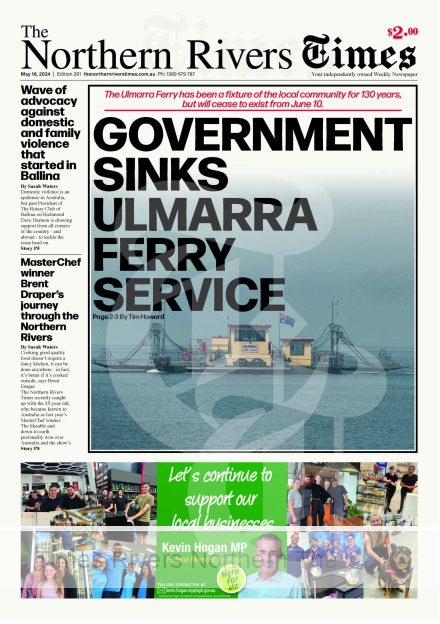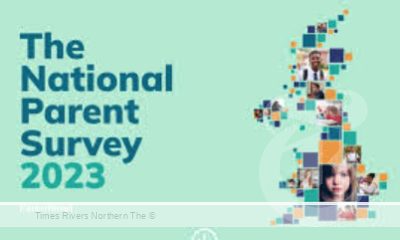Tweed Valley Hospital set to open in May 2024
By Sarah Waters
The new Tweed Valley Hospital will officially open its doors to patients next year on Tuesday, May 14, after five years of construction.
The $723.3 million facility will allow 5000 patients to be treated each year, providing a major boost to health care services in the Northern Rivers.
Advertisements

It will be a regional referral hospital and has been designed to provide the health services required for the growing population of the region beyond 2032.
Northern NSW Local Health District Chief Executive Tracey Maisey said the opening date provided certainty to staff, patients and community members.
“The move to the Tweed Valley Hospital is the biggest whole of hospital move in regional NSW history, and it is important for the safety of patients and staff that we allow appropriate time for this process to occur,” Ms Maisey said.
“We’re excited to work together with our staff and our community to deliver a smooth transition to the new site from the moment the doors open.”
The new Tweed Valley Hospital will replace Tweed Hospital, in Tweed Heads, which is ageing and experiencing an increase in demand due to the high population growth in the area.
It will have 430 beds, an expanded 24-hour emergency department with 42 treatment spaces, 12 operating theatres and a range of outpatient services.
A new integrated cancer care service will provide medical oncology, haematology, radiotherapy, chemotherapy and an onsite PET-CT suite.
Comprehensive maternity and neonatal services for women and children will include modern birthing suites and a special care nursery for newborns requiring specialist clinical care.
The community will be supported with a broad range of mental health services, including inpatient care and hospital in-reach services.
Labor spokesperson for Tweed Emily Suvaal said residents in Northern NSW would benefit from the major boost to local health services.
“As a nurse, I know how important it is for regional communities to have access to high quality healthcare facilities like this one,” Ms Suvaal said.
Health Infrastructure Chief Executive Rebecca Wark said it was rewarding for the project team to achieve the significant milestone.
“We’ve worked through the COVID-19 pandemic, and the February 2022 floods, so the completion of construction is a milestone worth celebrating,” Ms Wark said.
The Tweed Valley Hospital development has supported up to 650 jobs during the project.
At the peak of construction around 75 per cent of workers were local to the Tweed and Byron regions.
Finishing touches on the landscaping across the 19.4 hectare campus and single-level car park will be completed in the coming months.
Hospital services will transfer to the new Tweed Valley Hospital when it opens on May 14.
BreastScreen and some community outreach services will continue to be delivered in Tweed Heads, either at or near to the existing hospital site.
The new Tweed Valley Hospital is located at 771 Cudgen Road, Cudgen.
For more health news, click here.





 Tweed Shire News2 years ago
Tweed Shire News2 years ago
 Motoring News1 year ago
Motoring News1 year ago
 COVID-19 Northern Rivers News3 years ago
COVID-19 Northern Rivers News3 years ago
 COVID-19 Northern Rivers News3 years ago
COVID-19 Northern Rivers News3 years ago
 Northern Rivers Local News3 years ago
Northern Rivers Local News3 years ago
 Health News3 years ago
Health News3 years ago
 COVID-19 Northern Rivers News3 years ago
COVID-19 Northern Rivers News3 years ago
 NSW Breaking News3 years ago
NSW Breaking News3 years ago






























